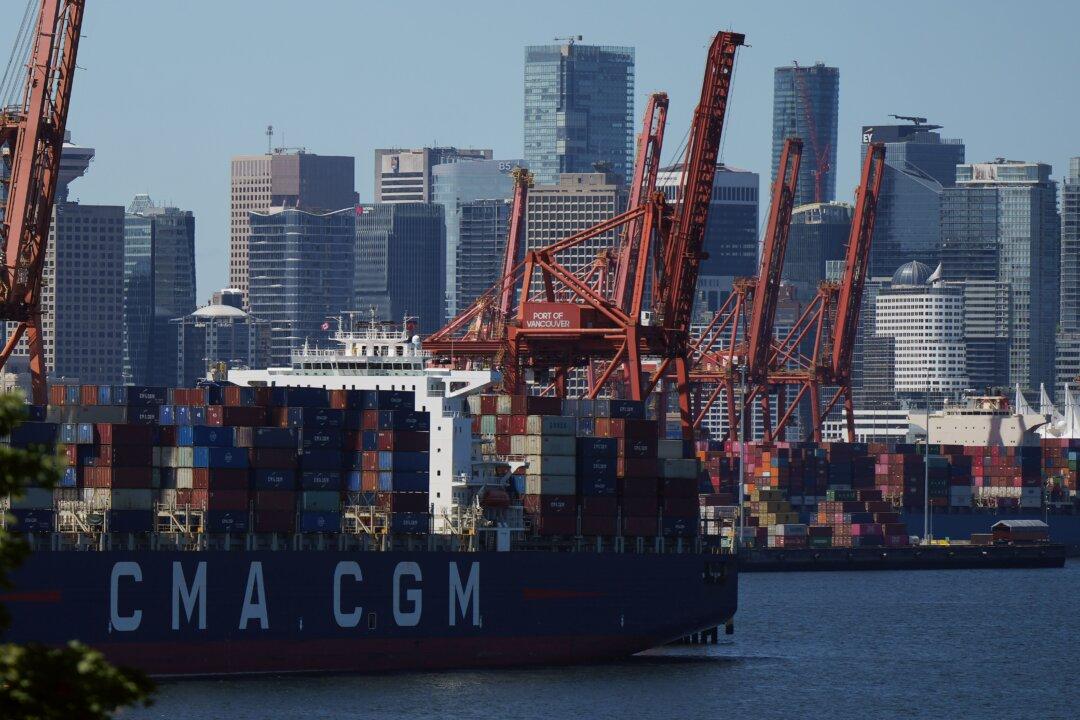Replacement workers have been used in 40 percent of strikes and lockouts in federally regulated sectors since 2011, according to figures by the Department of Labour.
“Between June 2011 and October 2022, there were 75 work stoppages in federally regulated sectors,” said the federal department in its memo dated Feb. 3 of this year.





